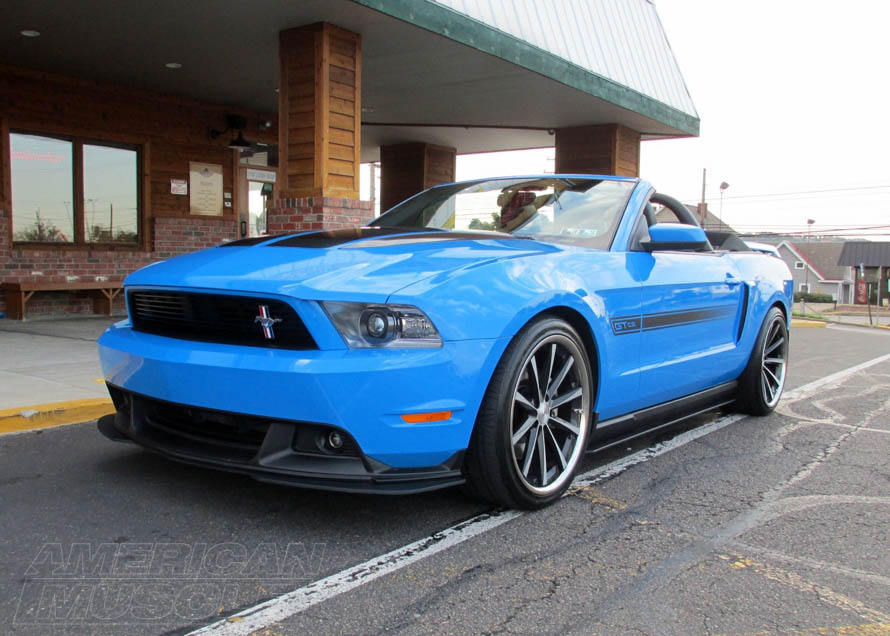Only five years after the introduction of the S197 Mustang, Ford unveiled an updated model with a restyled exterior, new engine options, and a whole host of additional features. Being built upon the D2C platform, it is still considered a fifth-generation Mustang, but with improvements needed to compete in the new decade. The guide below covers all the need-to-know details, specs, and sub models of the 2010-2014 Mustang.
Contents
- 2010-2014 Mustang Engine Specs
- 2010 Mustang – What Changed in a Year?
- More Updates to the Mustang for 2011-2014
- Improvements for the 2010-2014 GT Model
- Shelby GT500 – Serious Horsepower
- 2012-2013 Mustang Boss 302 – The Revival
- Common Modifications to 2010-2014 Mustang
- Upgrading Your Mustang’s Suspension
- Fitting an Exhaust to Your Mustang
Shop 2010-2014 Mustang Exterior Parts
This modern muscle car has improved with each iteration. For a more personalized look, exterior styling parts would give your 2010-2014 Mustang that aesthetic edge to set you apart from other Mustang owners. We have a wide selection of exterior add-ons such as spoilers, grilles, and many more.

